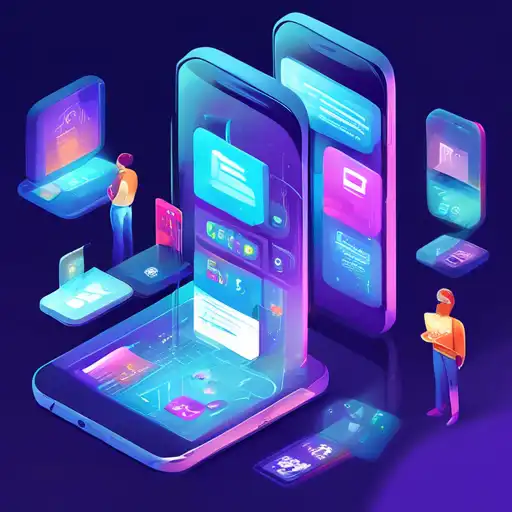Introduction to Mobile Development Trends
The mobile development landscape is constantly evolving, with new technologies and methodologies emerging at a rapid pace. As we look towards the future, several key trends are poised to shape the way developers create and users interact with mobile applications. This article explores these trends, offering insights into what's next for mobile development.
1. The Rise of 5G Technology
One of the most anticipated advancements in mobile technology is the widespread adoption of 5G. This next-generation wireless technology promises faster speeds, lower latency, and more reliable connections. For mobile developers, 5G opens up new possibilities for creating more complex and data-intensive applications, from augmented reality (AR) experiences to real-time multiplayer gaming.
2. Artificial Intelligence and Machine Learning
Artificial intelligence (AI) and machine learning (ML) are becoming increasingly integral to mobile development. These technologies enable apps to offer personalized experiences, improve security through facial recognition, and even predict user behavior. As AI and ML continue to advance, we can expect to see even more innovative applications in the mobile space.
3. Cross-Platform Development Tools
With the growing demand for apps that work seamlessly across multiple platforms, cross-platform development tools like Flutter and React Native are gaining popularity. These frameworks allow developers to write code once and deploy it on both iOS and Android, significantly reducing development time and costs.
4. The Importance of App Security
As mobile apps become more central to our daily lives, security concerns are also on the rise. Developers are now prioritizing secure coding practices and incorporating advanced security features, such as biometric authentication and end-to-end encryption, to protect user data.
5. The Growth of Foldable Devices
The advent of foldable smartphones and tablets presents new challenges and opportunities for mobile developers. Designing apps that can adapt to different screen sizes and orientations will be crucial for providing a seamless user experience on these innovative devices.
6. Sustainable and Inclusive Design
Finally, there's a growing emphasis on creating apps that are not only environmentally sustainable but also accessible to all users, including those with disabilities. This includes optimizing app performance to reduce energy consumption and implementing features like voice control and screen readers.
Conclusion
The future of mobile development is bright, with numerous trends set to redefine the industry. From the integration of 5G and AI to the focus on security and inclusive design, developers have a wealth of opportunities to innovate. By staying ahead of these trends, they can create apps that meet the evolving needs of users worldwide.
